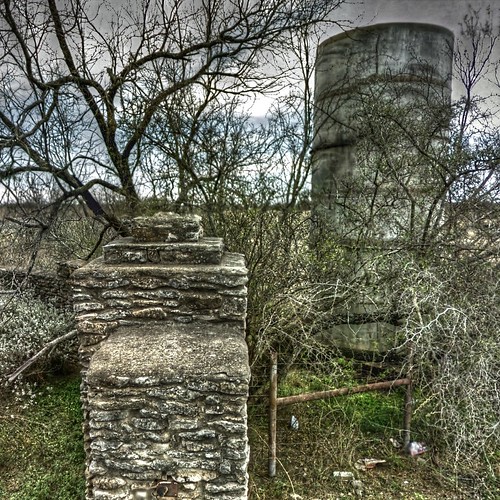Justice Department report finds ‘critical failures’ in response to Uvalde attack
Uvalde #Uvalde

A memorial is seen surrounding the Robb Elementary School sign following the mass shooting at Robb Elementary School on May 26, 2022 in Uvalde, Texas. Brandon Bell/Getty Images hide caption
toggle caption Brandon Bell/Getty Images
A memorial is seen surrounding the Robb Elementary School sign following the mass shooting at Robb Elementary School on May 26, 2022 in Uvalde, Texas.
Brandon Bell/Getty Images
A U.S. Justice Department report released Thursday on the 2022 school shooting in Uvalde, Texas, found “critical failures” by law enforcement before, during, and after the attack that killed 19 children and two teachers.
The critical incident review provides the most thorough accounting yet of the events of May 24, 2022, when the gunman opened fire at Robb Elementary School in Uvalde. The law enforcement response to the shooting has come under fierce criticism since the day of the shooting, when police waited more than 70 minutes in the school hallways before confronting and killing the gunman.
“The victims and survivors of the mass shooting at Robb Elementary School deserved better,” Attorney General Merrick Garland said in a statement accompanying the report. The law enforcement response at Robb Elementary on May 24, 2022 — and the response by officials in the hours and days after — was a failure.”
Garland is expected to hold a news conference in Uvalde later Thursday to outline the report’s findings.
The new report from the Justice Department, which runs some 500 pages, provides a damning look the law enforcement response to the shooting and a cascade of mistakes and missteps with tragic consequences.
“The most significant failure was that responding officers should have immediately recognized the incident as an active shooter situation, using the resources and equipment that were sufficient to push forward immediately and continuously toward the threat until entry was made into classrooms 111/112 and the threat was eliminated,” the report says.
The goal of the review, the department says, is to provide an independent account of the law enforcement response to the shooting; to identify lessons learned to help prepare for future such incidents; and to provide a roadmap for community safety and engagement before, during and after such events.
Associate Attorney General Vanita Gupta, in a statement, said she reiterated to the families of the victims of the attack “that our report would honor the victims and survivors” in order to “prevent something like this from happening again.”
The report found that police arrived at the school and entered the building three minutes after the gunman, who was still actively shooting inside classrooms 111 and 112 at the time.
Those officers quickly identified the location of the gunfire and ran toward those rooms—consistent, the report says, with the practice of quickly engaging an active shooter. The police approached the rooms where the shooter was, but retreated after some of the officers were hit with shrapnel from the shooter’s gunfire.
From that point on, the report says, the police, including Uvalde Consolidated School District Police Department chief Pete Arredondo, began treating the incident as a “barricaded subject scenario and not as an active shooter situation.”
That was a critical mistake that contributed to the tragedy.
“Despite their training and despite multiple events that indicated the subject continued to pose an active threat to students and staff in the building, including the likelihood and then confirmation of victims inside the room, officers on scene did not attempt to enter the room and stop the shooter for over an hour after they entered the building,” the report says.
Instead, Chief Arredondo turned his attention to evacuating children and teachers in the building “to preserve and protect the lives of kids and teachers in the hot zone,” the report says.
“This was a major contributing factor in the delay to making entry into rooms 111/112,” according to the report. “The time it took to evacuate the entire building was 43 minutes.”
Arredondo is singled out in the report at several points. It concludes that he was the de facto incident commander on the day, but “he did not provide appropriate leadership, command, and control, including to establishing an incident command structure nor directing entry into classrooms 111 and 112.”
That contributed to what the report says was an absence of leadership in the police response.
“Leadership in law enforcement is absolutely critical, especially in moments of a dire challenge, such as the active shooter incident at Robb Elementary School,” the report says. “This leadership was absent for too long in the Robb Elementary School law enforcement response.”
The report is also sharply critical of how the authorities handled the aftermath of the shooting, particularly in how they communicated with the public.
In this instance, the report found that bad information and inconsistent messaging created confusion that compounded the suffering of those affected by the shooting, both on the day itself and later.
“The extent of misinformation, misguided and misleading narratives, leaks , and lack of communication about what happened on May 24 is unprecedented and has had an extensive, negative impact on the mental health and recovery of the family members and other victims, as well as the entire community of Uvalde,” the report says.